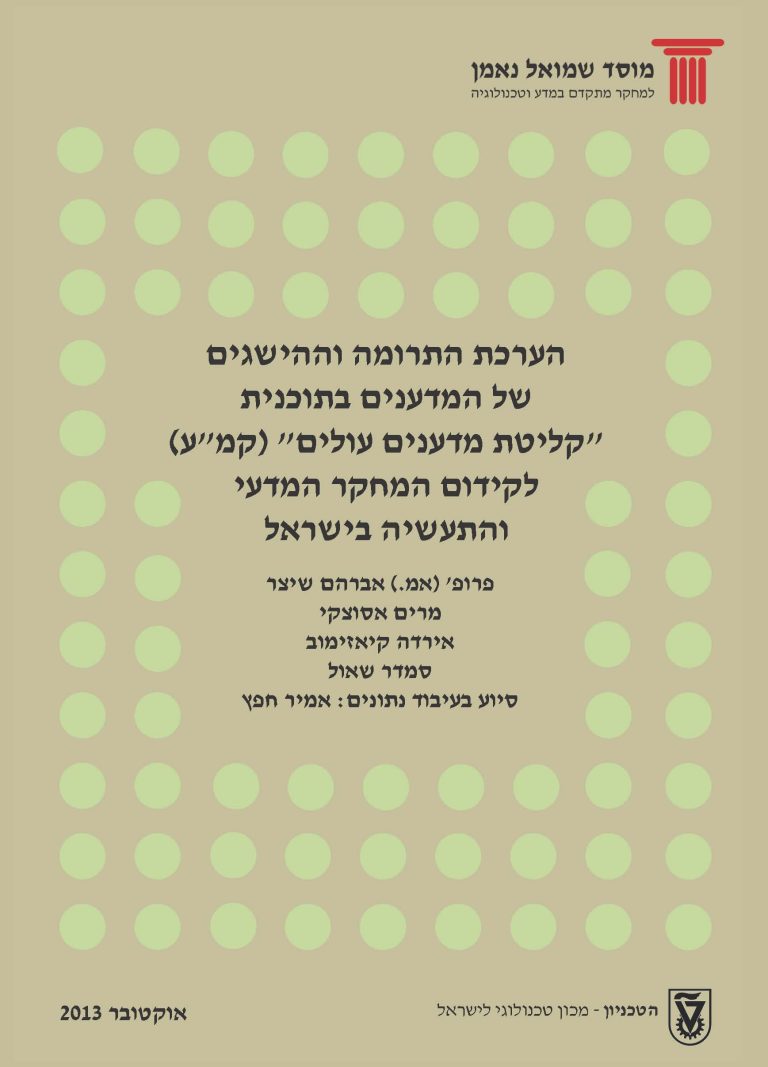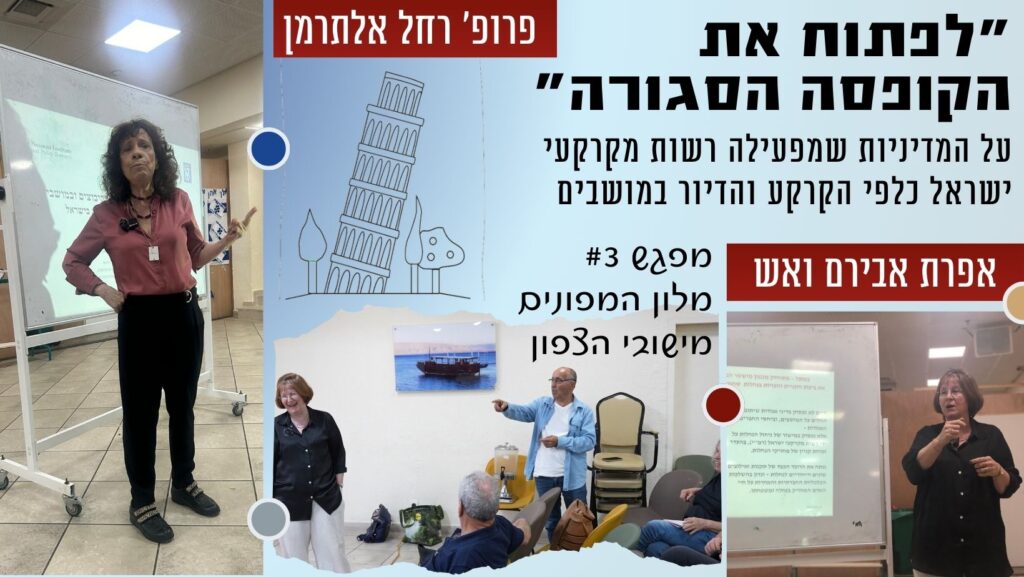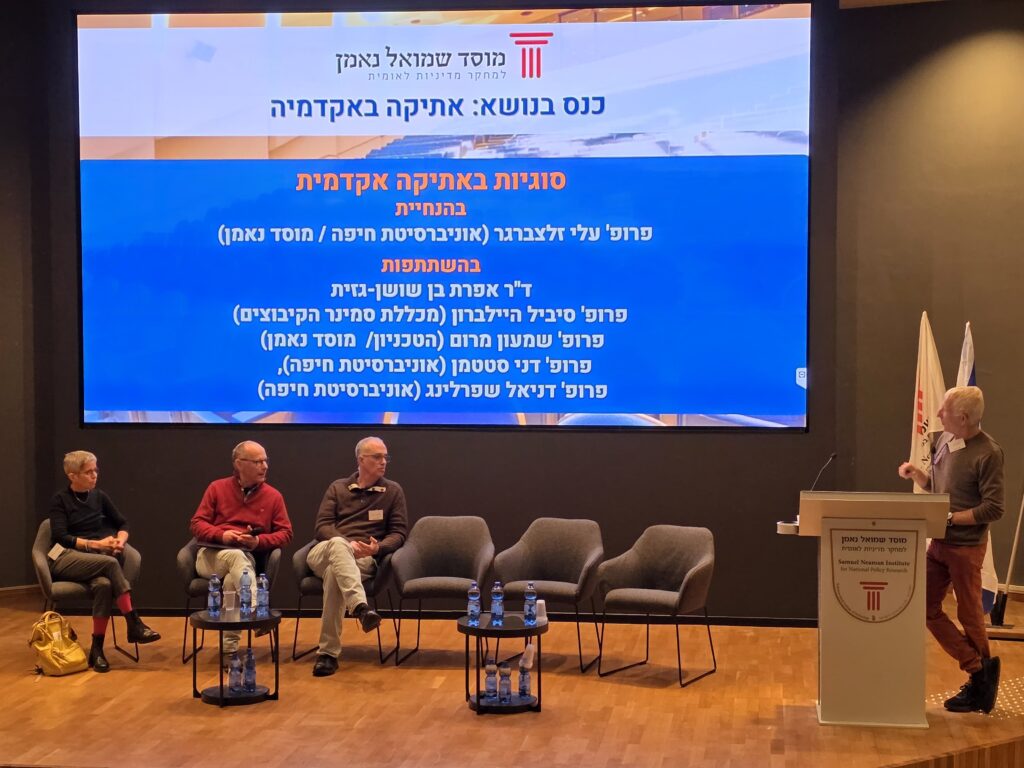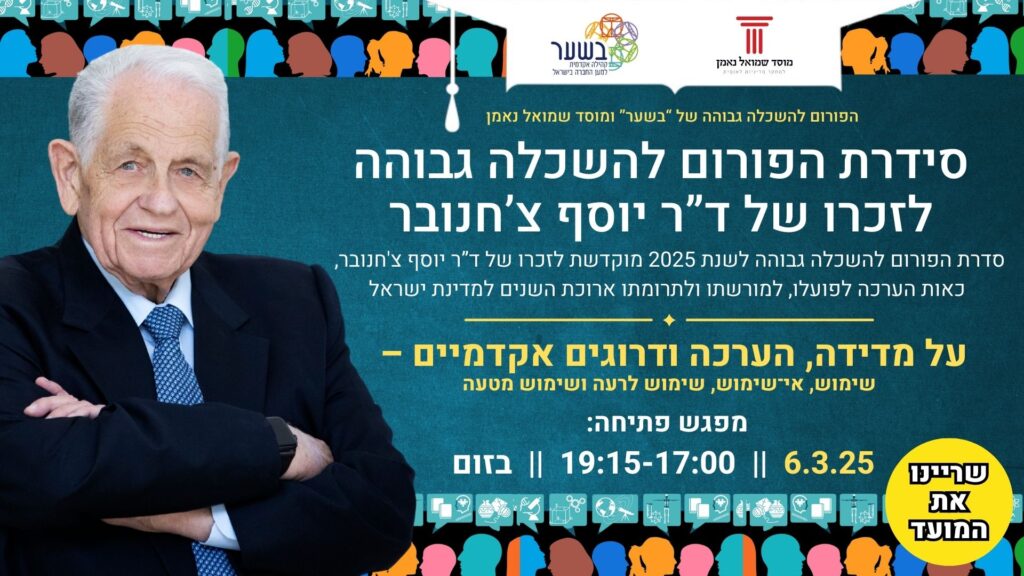This study was conducted in cooperation between the Samuel Neaman Institute and the Ministry for Immigrant Absorption. The purpose of the study was to evaluate the contributions, achievements and costs of the program for absorption of immigrant scientists in research and higher learning institutions in Israel (KAMEA), from its initiation in 1998 until the end of 2011. The KAMEA program is financed jointly by the Center for Absorption in Science of the Ministry for Immigrant Absorption, the Council for Higher Education and the employing institutions.
It was established that scientists in the KAMEA program, whose total cost was assessed at about 1.5 billion Shekels, were active in publishing books and articles, in teaching and tutoring students, in building research and teaching laboratories, in initiating new activity areas, in submitting research proposals, in participating in professional symposia, etc. Their research activities and publications at the international level in the various areas of activity, were comparable, and in some cases even surpassed, those of Israeli scientists in academic institutes. Study results point to a rather high level of identification with the Nation and the State and a high level of satisfaction from their participation in this program that was perceived as a suitable alternative for their professional and social integration in the country. Apart from that the scientists expressed their desire to merge as equal rights faculty members in the employing institute, an aspect that was absent in the original construct of the KAMEA program.
The main conclusion of this study is that the KAMEA program was beneficial in a variety of aspects – academically as well as in terms of the proper integration of accomplished human capital into skill-fitting occupation. It is recommended that the program be continued with the articulation of continuation rules that would facilitate the integration of those newly admitted qualified scientists as full-fledged faculty members, similar to the present “KAMEA B” program.












